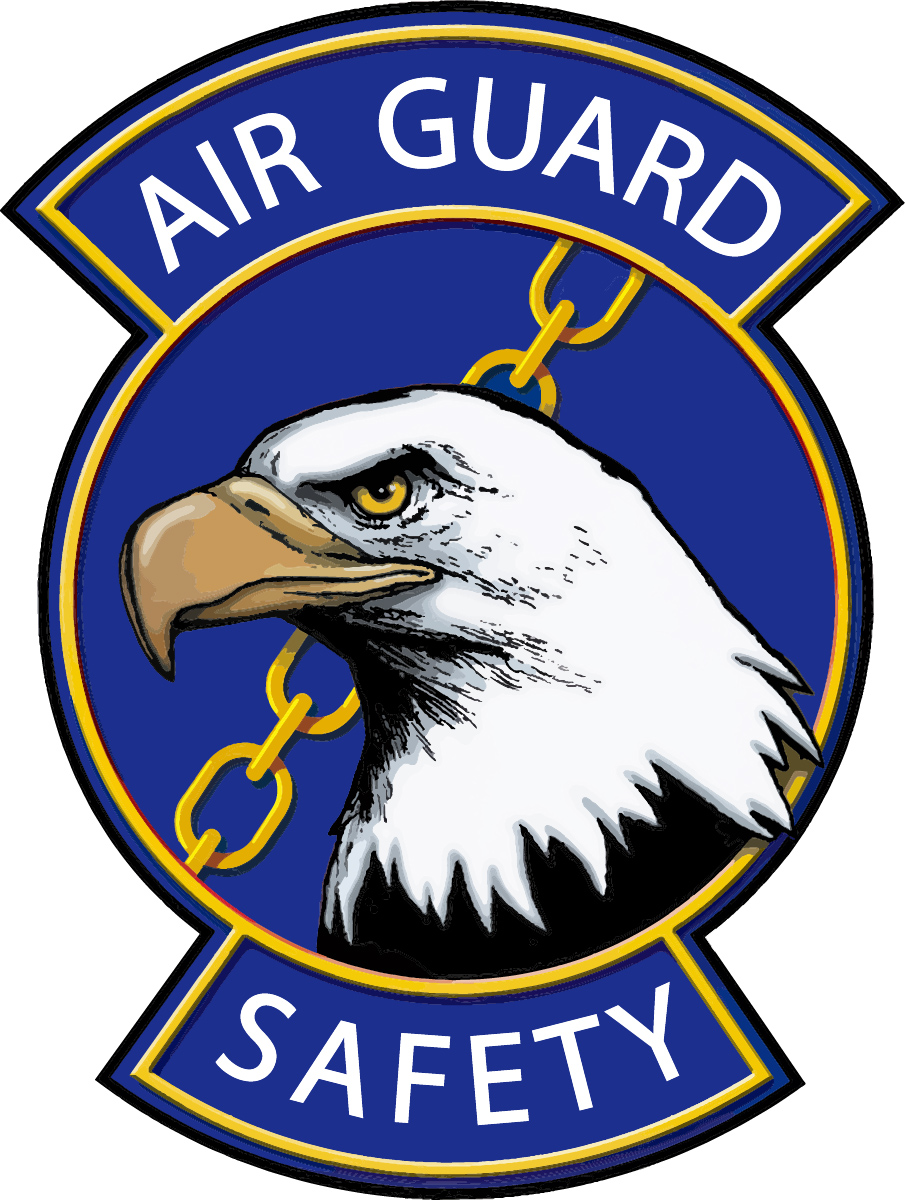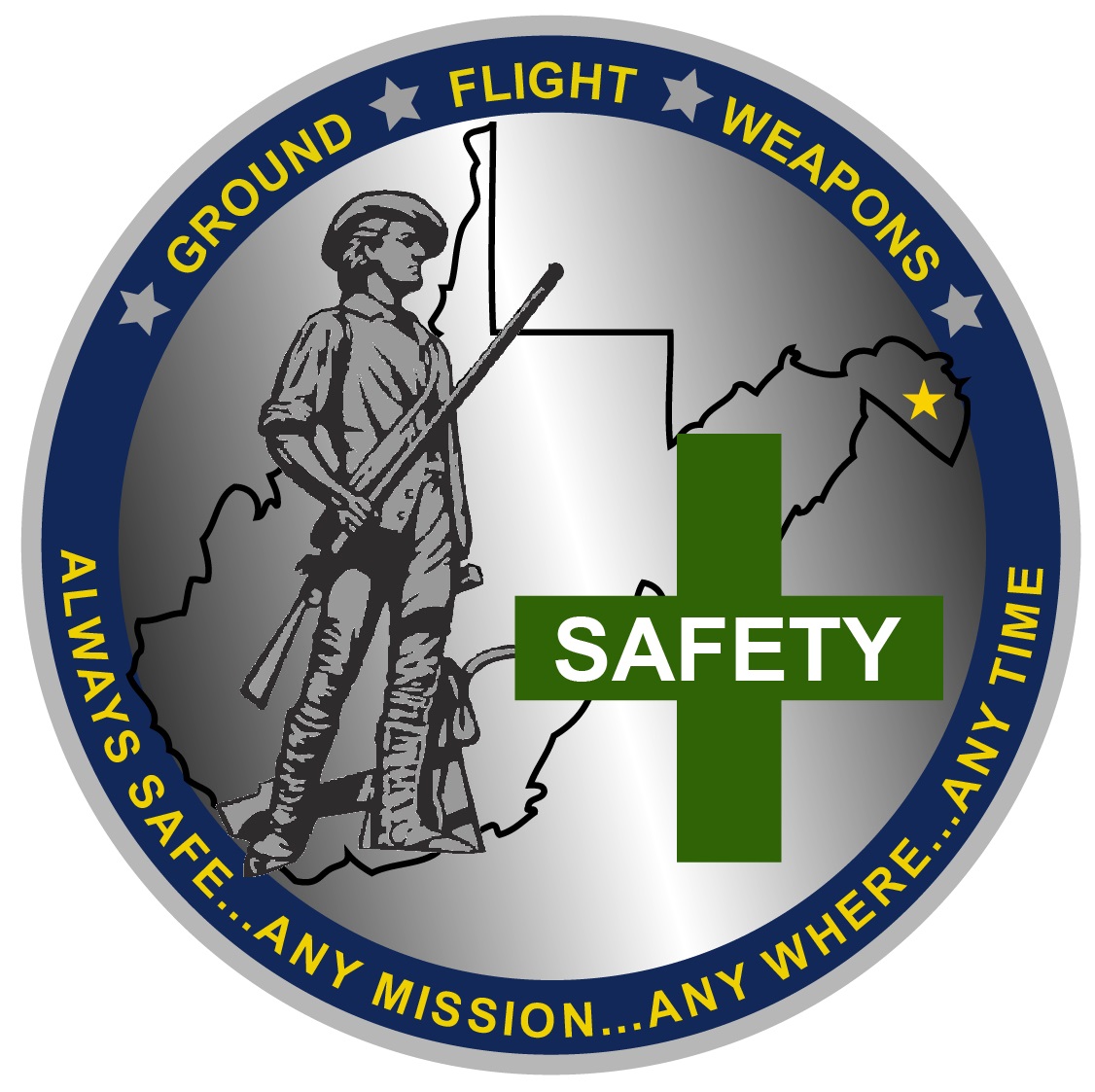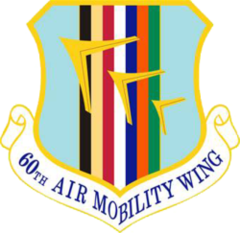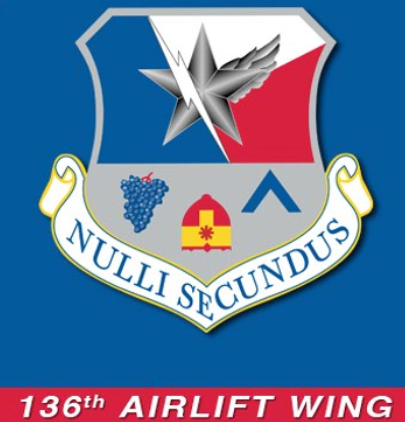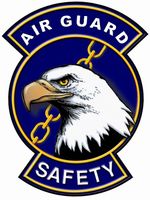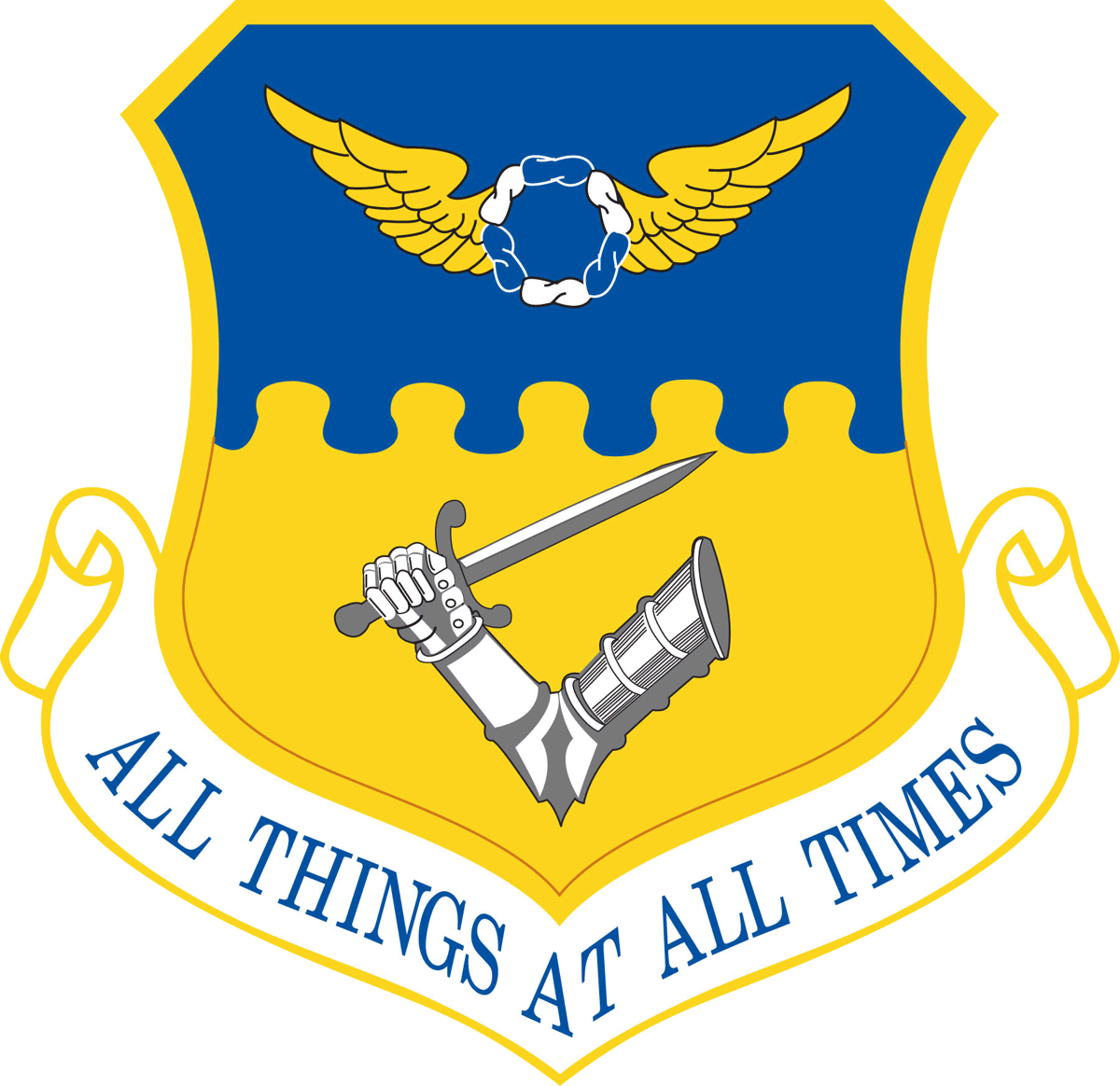Title Page
-
Site conducted
-
Work Center
-
Conducted on
-
Document Number
-
A qualified occupational safety inspector shall review the annual self-inspection hazardous energy control report during the organization’s safety assessment to ensure compliance. Keep this report on file for a minimum of three (3) years.
Work Center Self-Inspection
-
Authorized Persons of the work center shall complete this inspection annually. Discrepancies will require an Action to be created. Actions will be followed up every 30 days until closure.
-
Has the work center/shop supervisor established a hazardous energy control program? Reference 21.2.1.
-
Have authorized and affected employees as defined by OSHA received training in accordance with 29 CFR § 1910.147(c)(7)? Reference 21.3.1.
-
Are shop hazardous energy control program periodic inspections conducted by authorized employees, one acting as an inspector and one performing the maintenance/servicing activity, at least annually, to ensure compliance with all program elements? Reference 21.4.1.
-
Are Authorized Lockout and Tagout locks singularly keyed with only authorized employees retaining the key(s) to the lock(s) when in use? Reference 21.5.1.
-
Does the functional manager or supervisor ensure an adequate supply of energy-isolating devices are available? Reference 21.5.2.
-
Have specific procedures been developed and documented for each piece of equipment identified in the hazardous energy control program unless exempted in 29 CFR § 1910.147(a)(2)? Reference 21.6.
-
Are group lockout/tagout procedures in accordance with 29 CFR § 1910.147(f)(3) and its subordinate paragraphs? Reference 21.6.1.
-
Are Group Hazardous Energy Control Verification Procedures developed to ensure authorized employees walk through the affected work area to verify isolation at each LOTO device? Reference 21.6.2.
-
Are specific, written procedures for shift changes developed and used during shift or personnel changes to ensure continuity of hazardous energy control protection? Reference 21.6.4.
-
Do complex lockout/tagout procedures have a written plan of execution in accordance with 29 CFR § 1910.147 and identifies the person(s) in charge? Reference 21.7.2.2.
-
Do all complex lockout/tagout plans have a method to account for all persons who might be exposed to electrical hazards in the course of the lockout/tagout? Reference 21.7.2.5.
-
Authorized Person acting as the inspector:
-
Authorized Person performing maintenance/servicing activity:
Equipment/Machinery ID's
-
Add each equipment/machine requiring Hazardous Energy Control procedures. Note: Similar type equipment with same procedures need only be listed once (HVAC units, air compressors, etc.).
-
Equipment/Machinery ID:
Annual Inspection Report to Work Center Supervisor by an Outside Authorized Person
-
An authorized employee other than the one(s) utilizing the energy control procedure shall conduct periodic inspections of the energy control procedure in accordance with 29 CFR 1910.147(c)(6)(i)(A). Any discrepancy requires an Action to be created and followed up every 30 days until closure.
-
Does the inspector concur with the findings of the work center self-inspection?
-
Do all employees understand their responsibilities under this program? Reference: 21.4.1.2.
-
Training has been conducted, current, and properly documented for authorized & affected employees? Reference: 21.4.1.3.
-
Has a review of hazardous energy control procedures with authorized employees to include demonstration by the employee of the required practices been conducted? 21.4.1.4.
Out Brief to Work Center Supervisor
-
Date of Out Brief:
-
Inspection Summary
-
Outside Authorized Person performing work center program inspection:
-
Work Center Supervisor:
-
This inspection can now be completed and printed for your records.
